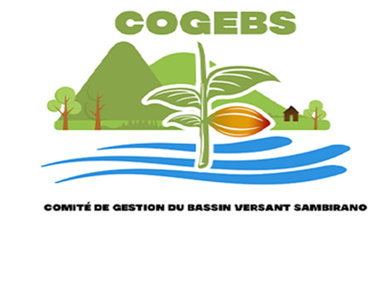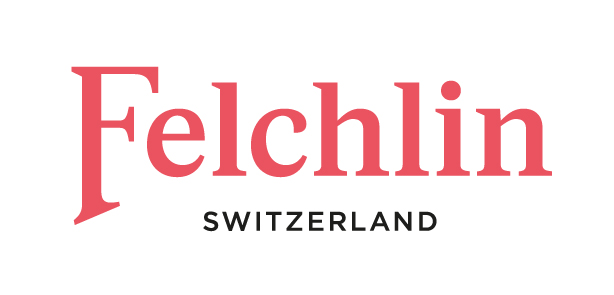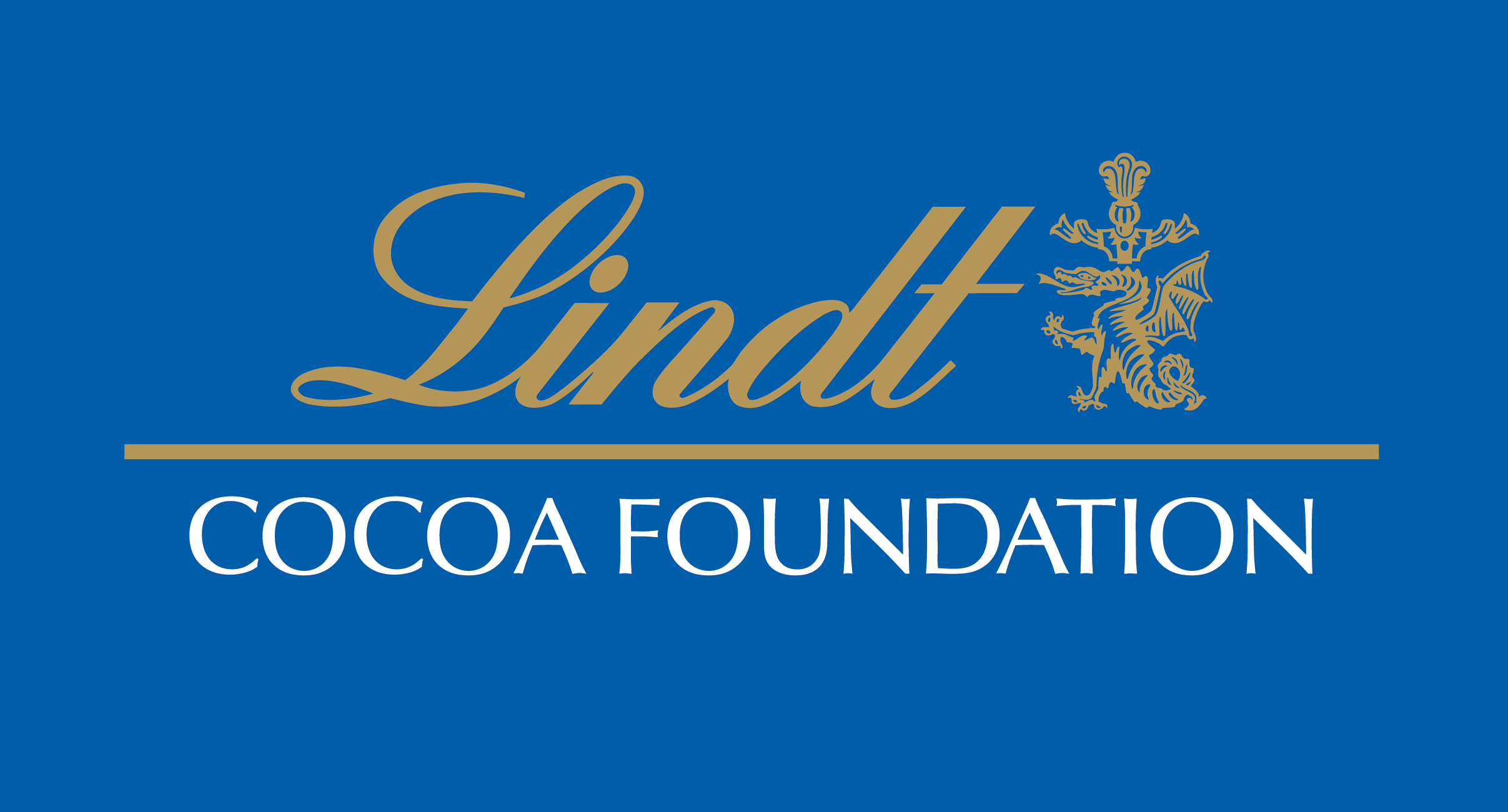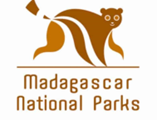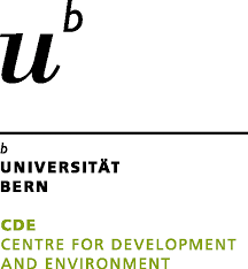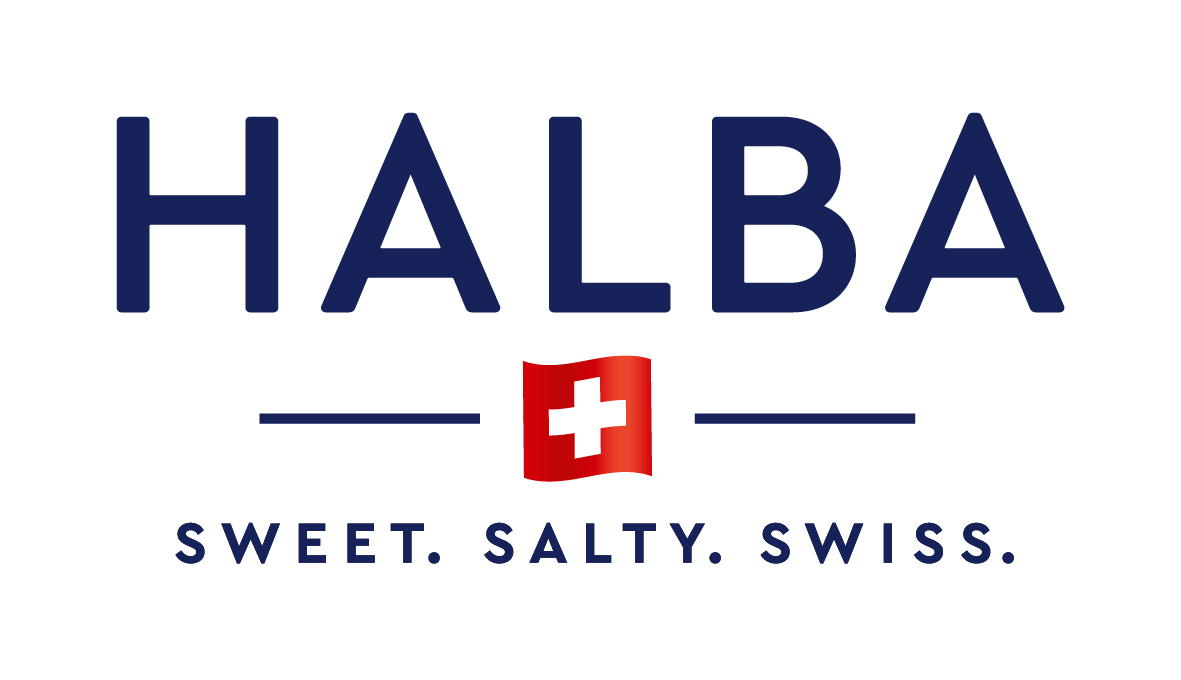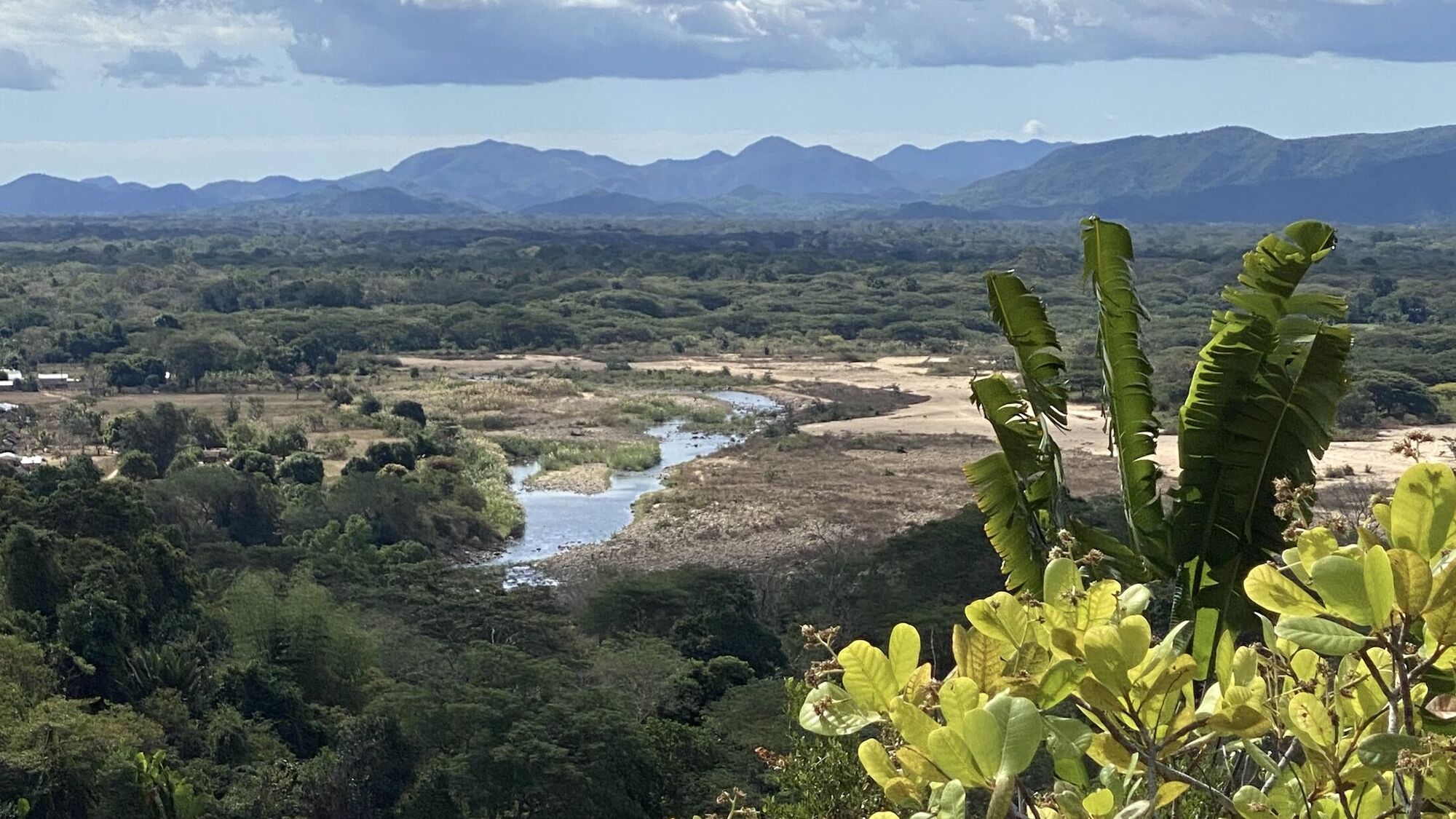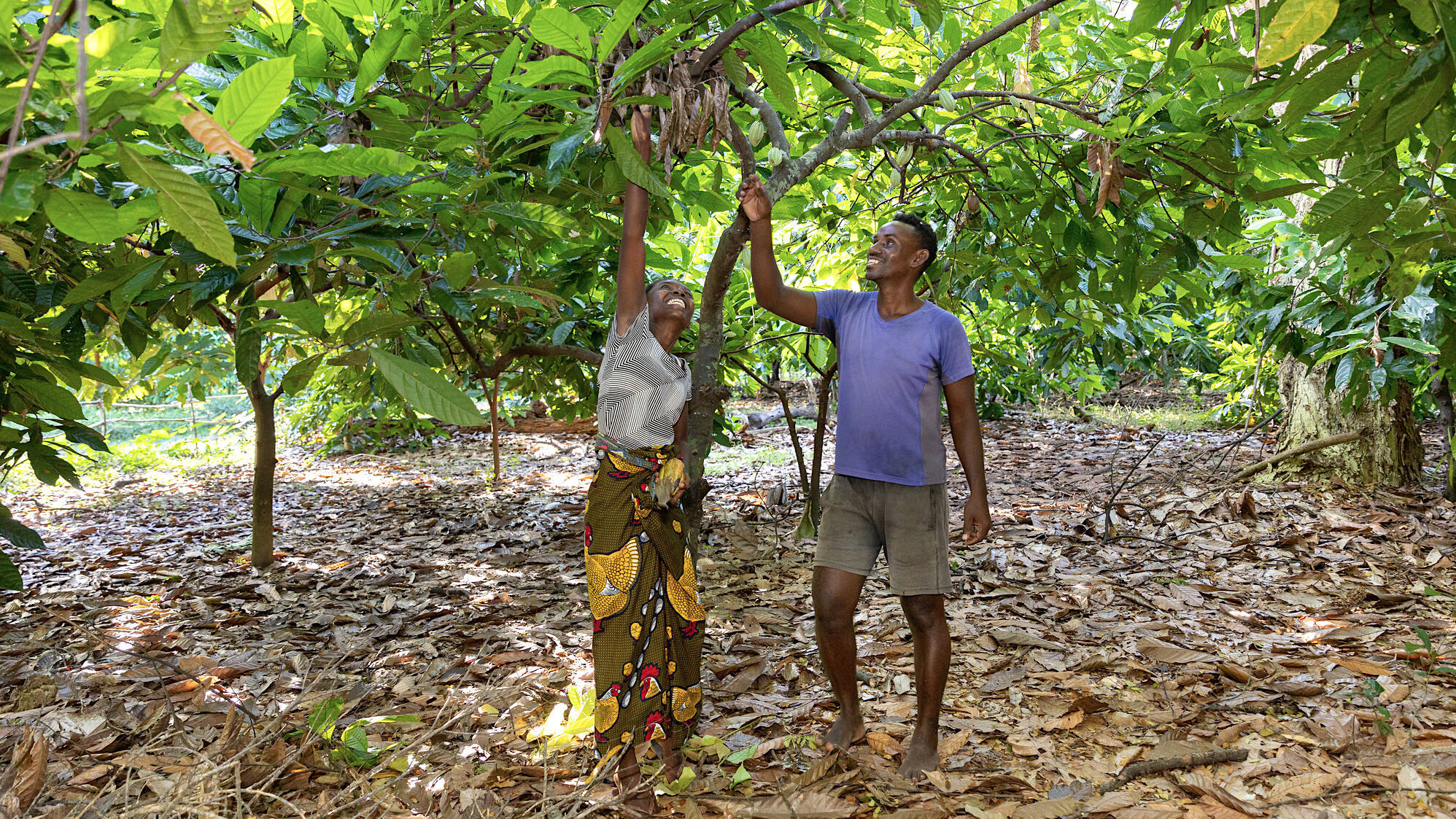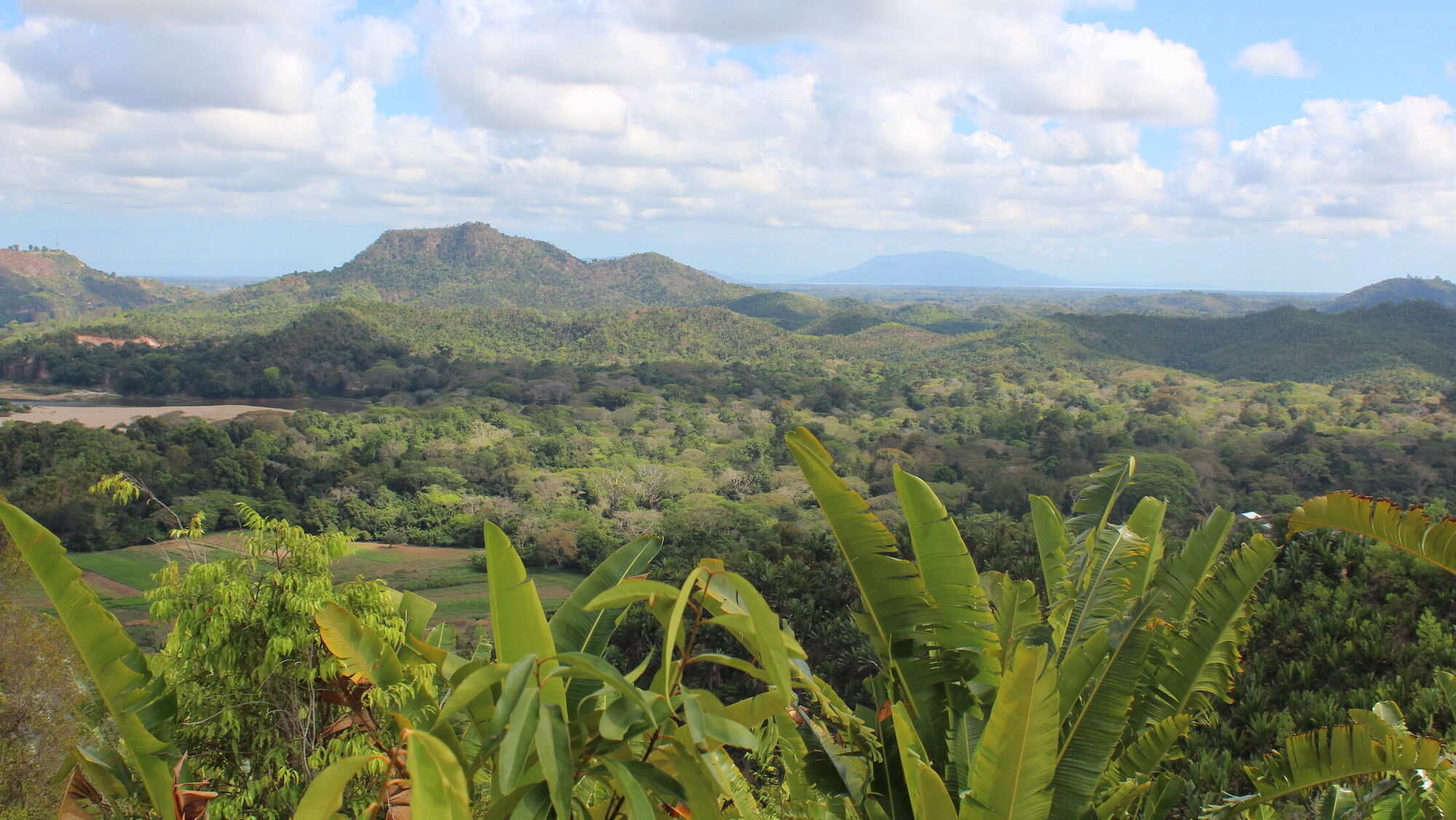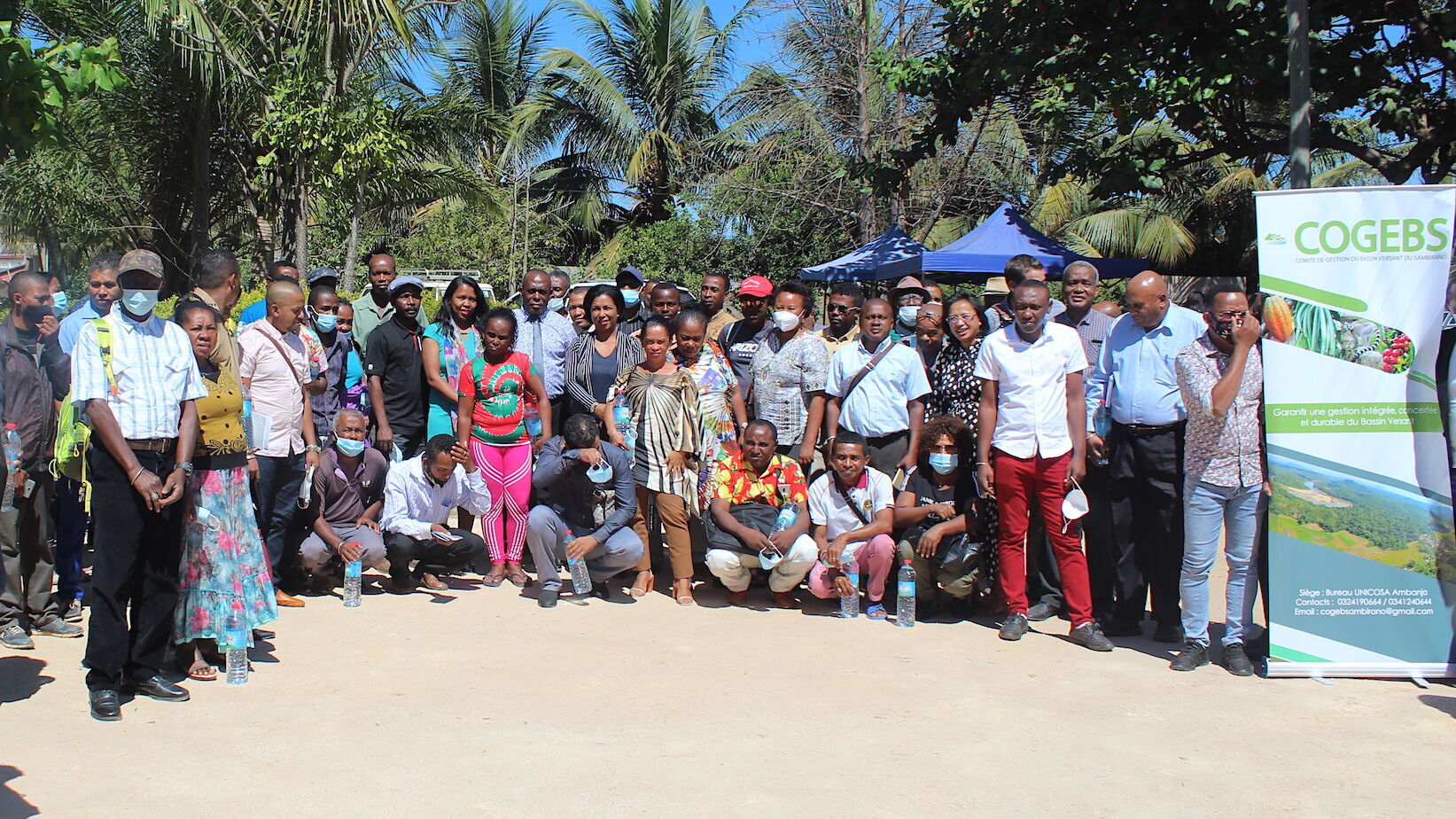Climate resilient cocoa landscape 2.0
What is the main objective of the project?
The project has the objective to collectively engage the local stakeholders in the development of a sustainably managed landscape in the Sambirano Valley. It promotes a locally appropriated mix of on and off-farm interventions to preserve ecosystem functions and to improve living conditions of cocoa farmers.
How will the project contribute to sustainable cocoa production?
Off-farm, the project will restore initiatives to reduce soil erosion, increase carbon sequestration and biodiversity, whilst generating income. Furthermore, carbon emissions from deforestation will be reduced by decreasing the demand for charcoal, an important deforestation driver in the region.
On-farm, the project will promote agroforestry systems, climate-smart agriculture practices and income diversification. The project also works towards improved land tenure security for farmers, being an important incentive to invest in agroforestry and reforestation.
Which activities will be undertaken during the project?
At the landscape level, the central governance mechanism, the “Comité de Gestion de Bassin Versant Sambirano” (COGEBS), will be supported in its role to reconcile the interests of the different stakeholders and to coordinate interventions at the landscape level. Landscape restoration and reforestation interventions will be implemented in highly degraded areas to halt erosion and combat deforestation. The project will scale up the dissemination of efficient cooking stoves in the region and mobilize additional finance for restoration activities to preserve ecosystem services of the wider landscape.
At the farm level, best practices on climate-smart agriculture, agroforestry systems and income diversification will be promoted following a Training of Trainer approach. Furthermore, the project tackles land tenure security in priority areas to make sure that the right to harvest tree products is clarified.
For the project to have a sustainable impact, it is important to involve local organisations and authorities. How are they involved in the project?
The project is fully aligned with government priorities and leading sector initiatives and operates through the COGEBS. This committee is founded in a bottom-up process and operates through a general assembly that debates landscape issues and approves its action plans.
All 15 communes, central ministries, economic operators, and industry platforms such as the National Cocoa Board, are members of the COGEBS. In 2021, the Regional Government officially mandated COGEBS to manage the implementation of landscape-relevant interventions.
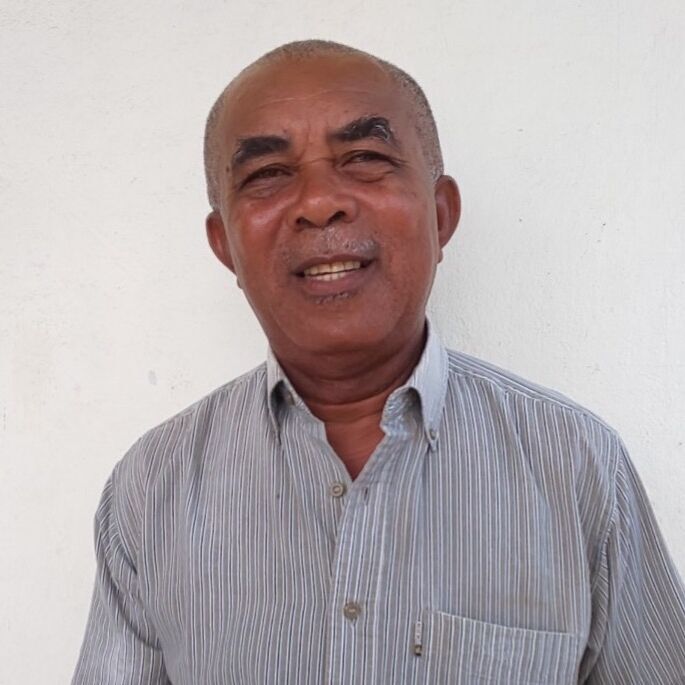
"The project has taught us that the solution is not necessarily to punish forest users, but to raise awareness, inform and work together to find solutions."
What are the expected outcomes of the project?
The implementation of a locally appropriated common agenda to preserve essential ecosystem services in priority areas, involving all stakeholders and increasing the involvement of women in the decision-making process. Landscape restoration of highly degraded areas to reduce risk for cocoa plantations and the cocoa farmer’s livelihoods.
Furthermore, the project is working towards a sector-wide adoption of climate-resilient farming practices and agroforestry systems, thereby improving the productivity and sustainability of Cocoa farms. Income diversification will improve the income of cocoa farmers while promoting biodiversity.
How does the project ensure a lasting impact beyond the project's duration?
Landscape approaches per definition imply shifting from project-oriented actions to process-oriented activities. To enable this, it is key to tie local stakeholders to long-term processes, give them responsibilities and empower them.
To achieve this, HELVETAS acts as a facilitator of a long-term process based on a shared vision among stakeholders. Furthermore, a long-lasting impact can only be achieved if additional funding to restore the landscape can be mobilized. The project therefore has put emphasis on leveraging additional funding.
What lessons have been learned from the first phase of the project?
During the pilot phase, the priorities of various stakeholders were collected in a participatory manner at several levels. These were directly incorporated into the project design. First, it became clear that land tenure security is a key incentive for investing in agroforestry systems. However, interventions are only made where tenure is undisputed.
The second lesson concerns the upscaling of training in agroforestry systems, climate-resilient management, and diversification. Here there is a great need for regular training, preferably repeated annually, so that what is learnt sticks. The third lesson relates to afforestation and stabilisation of slopes. Private afforestation is much more effective than communal afforestation because the owners look after the afforested areas, whereas communally managed ones are deforested or burnt down again after a few years due to overuse. Therefore, usually, only private areas are restored.
Organisations involved

